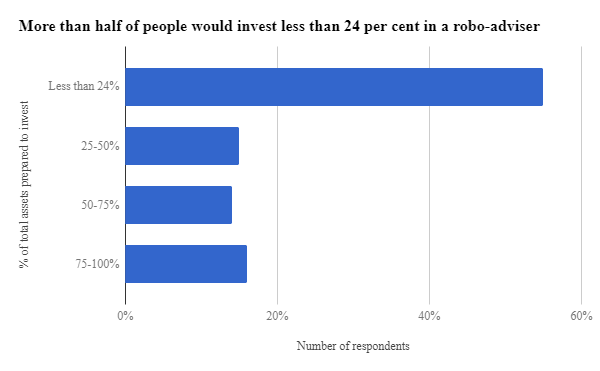Year in review: Innovation characterised investment headlines in 2017, as schemes and members demanded more sophisticated approaches to pension investment.
Schemes looked to creative solutions in alternatives and structured equity. The industry sought ways to capitalise on asset managers fighting increased scrutiny over value and transparency. Technology hummed in the background throughout the year.
Here we present our five most read stories on investment, including forestry, asset manager fees and a shift from annuities.
Seeing the wood for the trees: The ins and outs of investing in forestry
January 9
Spring came early as Pensions Expert looked at the merits of investing in trees. The asset class offers an excellent opportunity for diversification, according to experts, but requires managers with scale.
Interest in forestry investment is rising. A key attraction is the absence of correlation with other asset classes; timber returns are positively correlated to inflation, thereby protecting real returns.
The small size of the market has mostly limited timber investment to larger investors, with the timber market at circa £150m a year.
The jury is still out on robo-advice
February 22
If business literature is to be believed, the era of disruptive artificial machine thinking is blissfully upon us.
The robots have not yet learnt how to conduct face-to-face pensions advice. This may not matter, however, if online robo-advice can offer a viable alternative to costly human guidance on pensions.
However, until providers are able to tap into the power of technology and savers become more digitally engaged, robo-advisers will struggle to impose themselves on the market.
Artificial advice will have to meet watertight safety standards. Eighty-three per cent of consumers articulated concerns over cyber security in a survey conducted by Altus Consulting.
More than half of respondents to the survey indicated they would invest less than 24 per cent of their assets with a robo-adviser.
Retirees have some time to wait before they find themselves being taken through their pension arrangements by R2D2.
First asset managers commit to LGPS transparency code
May 21
This year has been a difficult year for asset managers, and mounting pressure on the industry from all sides over transparency shows no signs of abating.
The revised Markets in Financial Instruments Directive will be introduced in January, and will require managers to separate their execution services and research costs. The majority of managers have disclosed an intention to absorb the costs of research.
Brussels has not been the only source of burden on asset managers. In May, the Local Government Pension Scheme advisory board launched its code of transparency to improve cost disclosure.
The voluntary practice requires managers to lay out costs in a standardised template, dividing out various types of fees and transaction costs.
A host of asset managers, including BlackRock, Schroders and Aberdeen Asset Management, indicated support for the transparency code.
Scottish Widows switches DC defaults to target drawdown
August 16
Scottish Widows changed the default investment strategy of its group personal pension plan clients to target flexible access drawdown in lieu of an annuity.
The company explained that the change to its “balanced” investment strategy, which previously derisked towards annuity purchase when members arrived at five years from retirement, was made in response to a shift in consumer choices being made at retirement.
Experts said targeting flexible access is now the most commonplace strategy used by providers of DC defaults.
Customers already less than five years from retirement will have the option to make the change, but will not automatically be reallocated so as not to disrupt their retirement plans.
Structured equity appeals but ‘not a no-risk strategy’
October 4
Active investment management has underwhelmed institutional investors this year. S&P data show that between mid-year 2016 and mid-year 2017, active funds investing in pan-European equities achieved an average asset-weighted performance of 17.6 per cent.
In comparison, the S&P Europe 350 index yielded 18.6 per cent. Passive investment is proving an increasingly attractive proposition for investors. Some way between the two lies structured equity.
The investment strategy can be thought of as a form of enhanced indexing. Structured equity allows schemes to swap potential returns for protection against market falls.
An investor could base a structured equity product on an underlying equity index and cap its total returns on the product at 20 per cent over a three-year period, in exchange for an equity market safety net of losses of up to 20 per cent.














